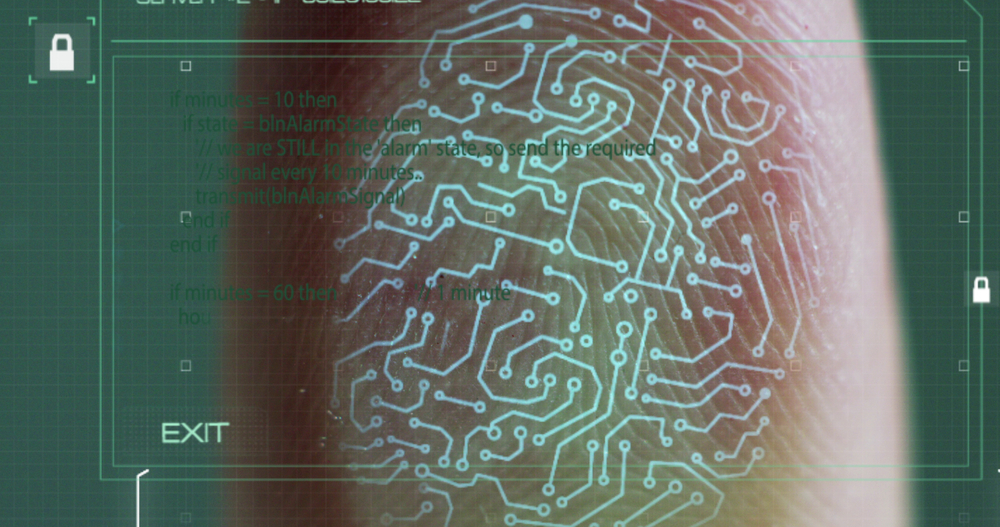Fingerprints have long been used in biometric national IDs and have seen wide use in police investigative work since the late 1800’s and still is today. We may now have a way of using fingerprints to secure our finances as well, as Mastercard is looking to use your thumbprint instead of a PIN.
There are many ways that we verify and authenticate our identities. Using national ID cards, two factor authentication with a mobile device, Personal Identification Numbers (PINs), and even our very DNA. Having ways of proving that we are -in fact- who we say we are (or who we are not) has always been valuable. One of the most common, practical, and generally reliable way of verifying identity is at the tips of your fingers.
Positives (Pros)
Identity theft is no laughing matter, and is still more common than would leave me comfortable. Too often, people choose easily guessable or incredibly obvious PINs. While ill advised, I understand why some people may use their home address, their birthday, and sequential PINs. There are just a lot of things which require PINs and passwords nowadays, and having unique and complex ones for each can be tiring.
Mastercard’s Biometric Thumbprint credit/debit scheme here may help start unraveling this trend. While it would not protect its owner from say, a $5 dollar wrench attack, it would make it way harder for someone who happened across your card on the street or stole from your pocket to use it before you cancel the card. This is the same concept for those who use apple or android pay with a phone that has a fingerprint sensor. The key difference is location of your biometric data.
When using the card, it is inserted into the chip slot and the user rests their thumb over the small thumbprint sensor located at the top right of the card (when being held upright). The card then communities over the payment network with the bank, which is the entity that is storing and validating your biometric data. Either the fingerprint does not match and the bank does not authorize the payment or it works and the transaction continues as normal. Mastercard is promising speed, convenience, and security throughout the entirety of the process. This sort of technology very well may dramatically cut down the level of identity theft and change the way we think about day to day ID validations.
Negatives (Cons)
While it is nice to have a sunny and positive outlook on new technology, it is important to take everything with a grain of salt and look at it through a somewhat cynical lense. This sort of set up, while secure, forfeits more personal information over to institutions that have proven themselves unfit for our trust in the past. Banks create financial crashes and look to obtain personal gain off of you.
Both governments and banks have had sensitive information stolen as well. No matter how secure a transaction is, it may be useless if databases have been compromised. Also the idea of a bank having my fingerprints leaves an unsavory taste in my mouth. Perhaps this form of authentication would be more appealing to me if the card itself held the information to approve or deny the transaction, rather than relying on a bank to do that.
Regardless, it is a rather interesting concept. It is also one that I think should not immediately be discarded due to its flaws, but reworked. In fact, I think that even Bitcoin’s network could benefit from some kind of biometric authorization like this. Perhaps private keys generated by your fingerprints, or your hardware wallets saving and storing the information within the devices themselves (like some super advanced Trezor or Ledger device). This might take away the fears of having someone else use your private keys to steal your wealth, since they would not have your biometric authentication.
If you liked this article, follow us on Twitter @themerklenews and make sure to subscribe to our newsletter to receive the latest bitcoin, cryptocurrency, and technology news.

